
The Marquette County adult is recovering after apparently contracting the flea-borne illness during a trip to Colorado. Officials are reassuring the public there is no cause for alarm, despite the disease's connection to the microorganism that caused the Black Death plague in Europe in the 1300s, killing millions and reshaping history.
"It's same organism but, in this case, the infection resides in a lymph node," said Dr. Terry Frankovich, medical director for the Marquette County Health Department.
The bubonic plague, in fact, is notably marked by one or more swollen, tender and painful lymph nodes, usually in the groin, armpit or neck.
With the bubonic plague, people are most often infected by bites from infected fleas or when they have direct contact with the tissues or body fluids from an infected animal. The highest risk is in settings that offer food and shelter for rodents — campsites and cabins, for example, according to the U.S. Centers for Disease Control & Prevention.
The Michigander's case did not develop into the more contagious pneumonic form of the plague. Pneumonic plague may be passed between humans, infecting the lungs and causing a rapidly developing pneumonia that can lead to respiratory failure and shock, according to the CDC.
A third form, septicemic, occurs when the plague organism multiplies in the blood, and it can lead to shock, organ failure and — as in the case of a Colorado teen earlier this year — death.
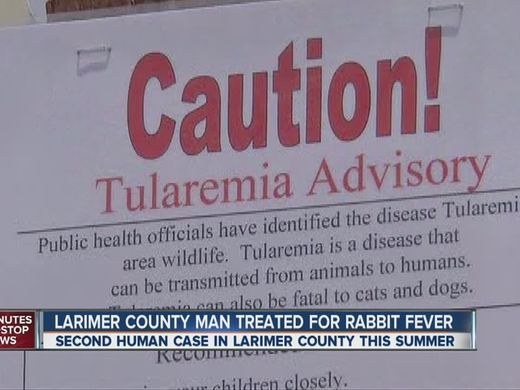

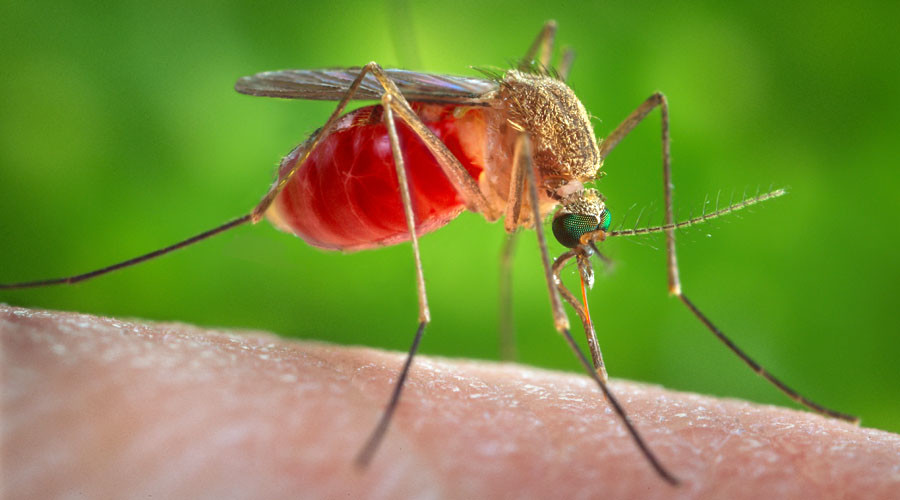
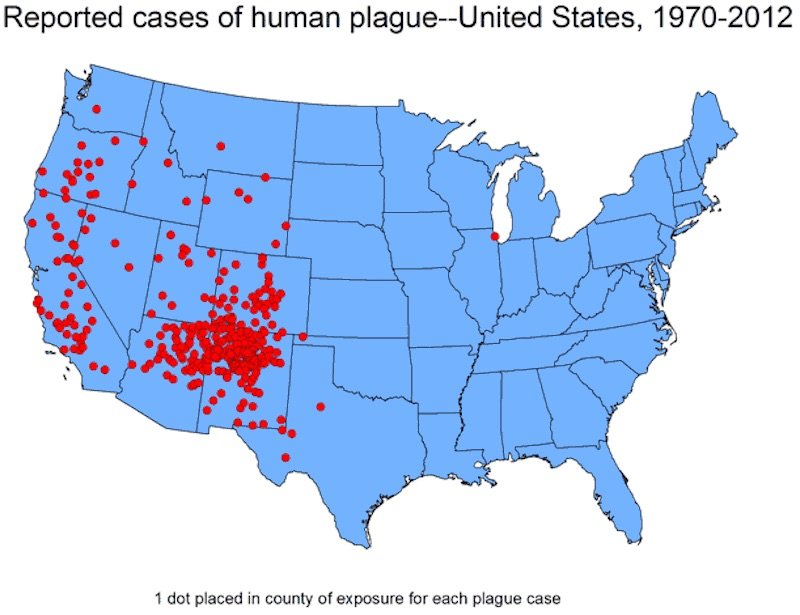
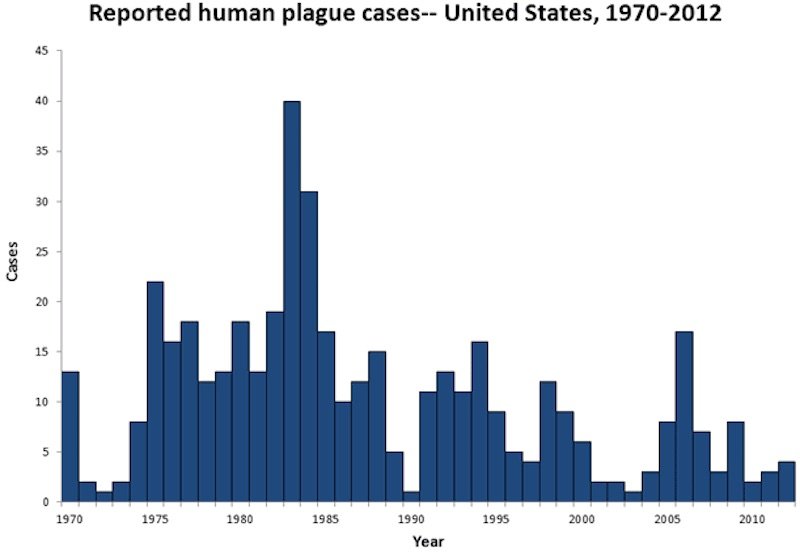
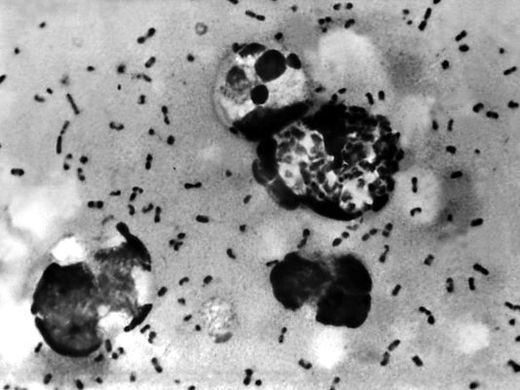


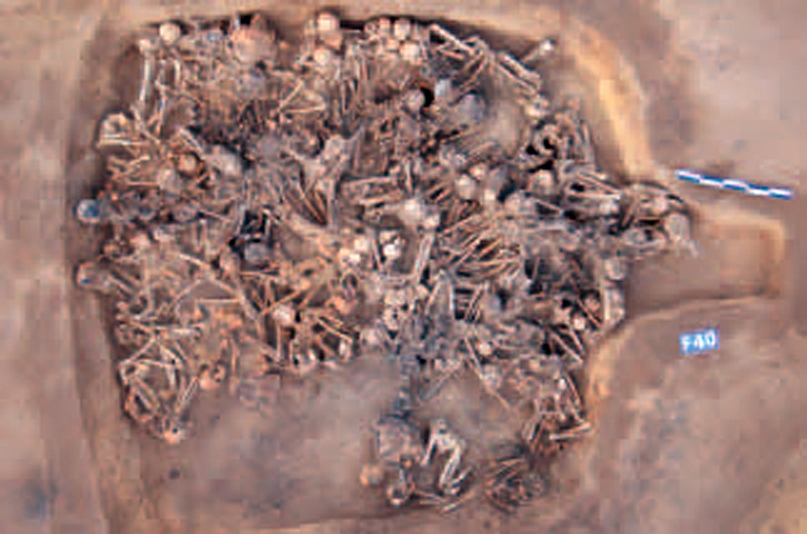




Comment: New Light on the Black Death: The Viral and Cosmic Connection